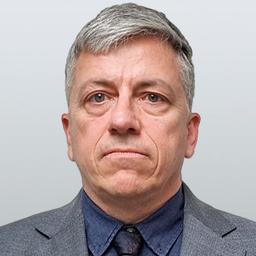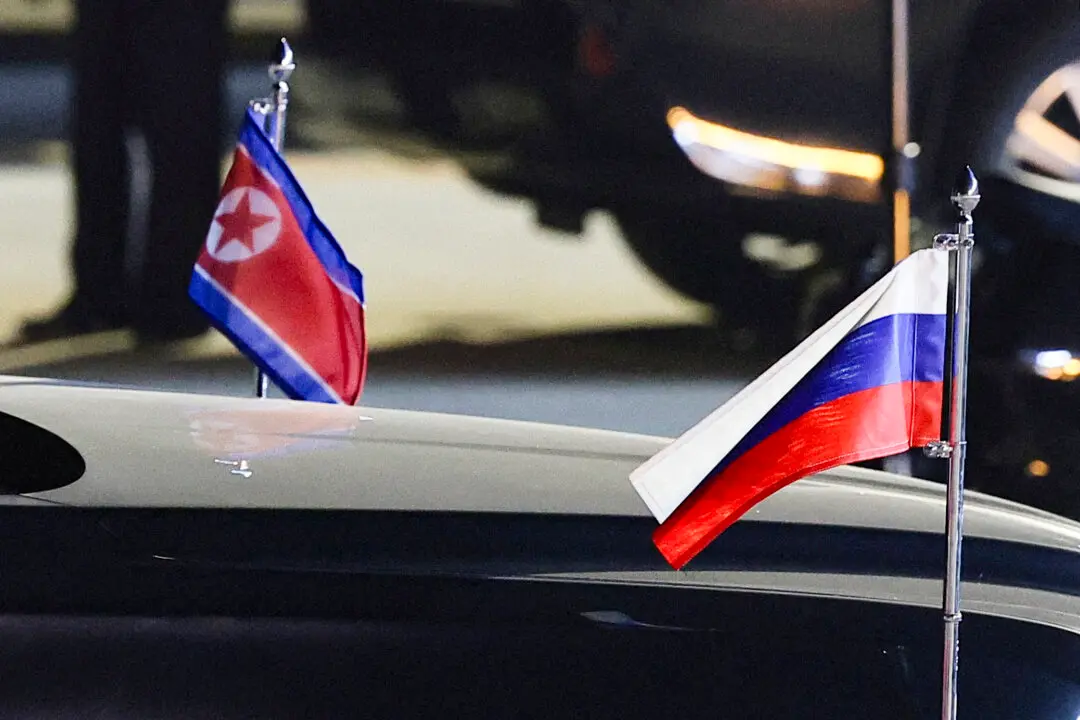Since returning to the White House, President Donald Trump has handed an olive branch to the Iranian regime but has also said categorically that he will prevent the country from getting a nuclear weapon.
“We should start working on it immediately, and have a big Middle East Celebration when it is signed and completed. God Bless the Middle East!”
A Verified Agreement
Olli Heinonen, former deputy director general of the International Atomic Energy Agency (IAEA), told The Epoch Times that he found it interesting that Trump referred to a “verified” nuclear peace agreement.“Very often we have heard in the past ’verifiable' agreements. This could mean that the deal will only be in force when the verification of undertakings has been completed,” he said.
“The difference is that Iran should fill all requirements before it can have the benefits of the agreement fully available,” Heinonen said.
“In other words, no wishful thinking where benefits become available automatically with time regardless of Iran’s compliance, for example, certain restrictions like number of centrifuges or embargoes end after certain periods of time.”
Tehran has repeatedly said that its nuclear program is solely for peaceful purposes and that it has declared all of the nuclear material, activities, and locations required under an agreement it has with the IAEA.
Robert Goldston, a professor of astrophysics at Princeton University who worked on robotic techniques to verify uranium enrichment plants, told The Epoch Times that “there may be a path forward for quite a new version of the Iran deal.”
“The IAEA could hold all non-nuclear weapon states wishing to enrich uranium to the same standard—including, for example, Saudi Arabia and Japan,” he said.
Goldston said these countries could enrich enough uranium to supply their nuclear power plants under strict verification measures that would not expire.
“In practice, this would mean that Iran could enrich uranium up to 5 percent content of U-235, not the current level of 60 percent,” he said.
“However, it would be permitted to enrich as much uranium as it liked to 5 percent, so long as it was using the enriched uranium for peaceful uses such as developing the technology to make fuel pins for its nuclear reactors.”
Russia’s Role
However, he said, “The only way that a new deal can be struck with Iran is if the U.S. and Russia agree on its form.”Moscow and Tehran have a friendly relationship, having fought on the same side during the Syrian civil war and with Iran supplying large numbers of drones to Russia that have been used in the Ukraine conflict.
Goldston said he hoped that when Trump speaks to Russian President Vladimir Putin, they discuss a proposal for a new deal with Iran, along the lines that Goldston described.
The memorandum establishes that Iran should be denied a nuclear weapon and intercontinental ballistic missiles; Iran’s terrorist network should be neutralized; and the country’s aggressive development of missiles, as well as other asymmetric and conventional weapons capabilities, should be countered.
“If they did that, they would be obliterated. That would be the end. I’ve left instructions. If they do it, they get obliterated. There won’t be anything left,” Trump said.
“Reports that the United States, working in conjunction with Israel, is going to blow Iran into smithereens,” the president wrote, “are greatly exaggerated.”
Iran’s supreme leader Ayatollah Ali Khamenei said on Feb. 7 in a speech to air force officers in Tehran that negotiations with the United States were “not intelligent, wise or honorable.”
Back Channels?
Heinonen said that despite the public utterances, Tehran and the Trump administration may be using back channels to communicate about a possible deal.The former IAEA deputy director general said he expected that they would “certainly pass messages to Iran not only through public statements.”
“Those messages are likely more nuanced than the public statements and will also be important in sensing Iran’s readiness for negotiations,” Heinonen said.
Last year, Oman, an Arab state on the opposite side of the Persian Gulf, was used as a back channel to avoid a major escalation.
In its Feb. 4 fact sheet, the White House stated, “President Trump will not tolerate Iran possessing a nuclear weapons capability, nor will he stand for their sustained sponsorship of terrorism, especially against U.S. interests.”
Iran’s total enriched uranium stockpile was estimated on Oct. 26, 2024, to be 6,604.4 kilograms, a 852.6 kilogram increase since the prior quarterly report in August 2024.
Despite persistent denials about a weapons program, Iran has increased its enrichment of uranium up to 60 percent purity, not far short of weapons-grade purity.
This has been a major concern to Israel, Iran’s main adversary in the region and the most likely country to be targeted in the event that Iran develops an atomic weapon.

On Feb. 16, Israeli Prime Minister Benjamin Netanyahu met Secretary of State Marco Rubio in Jerusalem, and both said they were determined to thwart Iran’s nuclear ambitions.
Meanwhile, on Feb. 17, Iran’s foreign ministry spokesman Esmaeil Baghaei said: “When it comes to a country like Iran, [Israel and the United States] cannot do a damn thing.
“You cannot threaten Iran on one hand and claim to support dialogue on the other hand.”
Iran, while stockpiling highly enriched uranium and building up its nuclear capabilities, currently has “surprisingly open discussions between various factions about how to proceed with building” its capacities and “even leaving” the Nuclear Non-Proliferation Treaty, Heinonen said.
“This debate could also be used to threaten the U.S. and other parties to get concessions to save some parts of the program,” he said.
Decades of Cover-up
Kamran Dalir, a member of the Foreign Affairs Committee of the National Council of Resistance of Iran (NCRI), told The Epoch Times, “The Iranian regime will resort to all kinds of deception to cover up its nuclear weapons program.”The NCRI is a coalition of opposition groups, the biggest of which is the Mojahedin-e-Khalq (MEK), or People’s Mojahedin, which was set up by Marxist students in 1965.
The MEK took part in the Iranian revolution against the Shah in 1979, but later ran into conflict with Ayatollah Khomeini’s regime.
Dalir said the regime in Tehran has been lying to the West since 2002 when the MEK revealed two secret nuclear sites run by the regime.
“They will never abandon their enrichment program, nor would they allow full monitoring. This regime is the master of deception,” Dalir said.
“Looking at the past two decades, while it has been negotiating, the regime has also advanced its program. The regime’s tactic is to prolong the status quo to have time to obtain the bomb.
“We do not ask any country to overthrow the regime. We do not want money, weapons, or foreign boots in Iran. We have the necessary means to overthrow the regime.”
In December 2024, Britain, France, and Germany told the U.N. Security Council that they were ready to trigger the snapback. The U.N. resolution that contains the snapback mechanism expires on Oct. 18, 2025.
Asked if he thinks that Trump was pursuing full-scale regime change, Heinonen said, “Many people likely want to have changes in the behavior of Iran, but this change might not at this stage be the main goal.”







